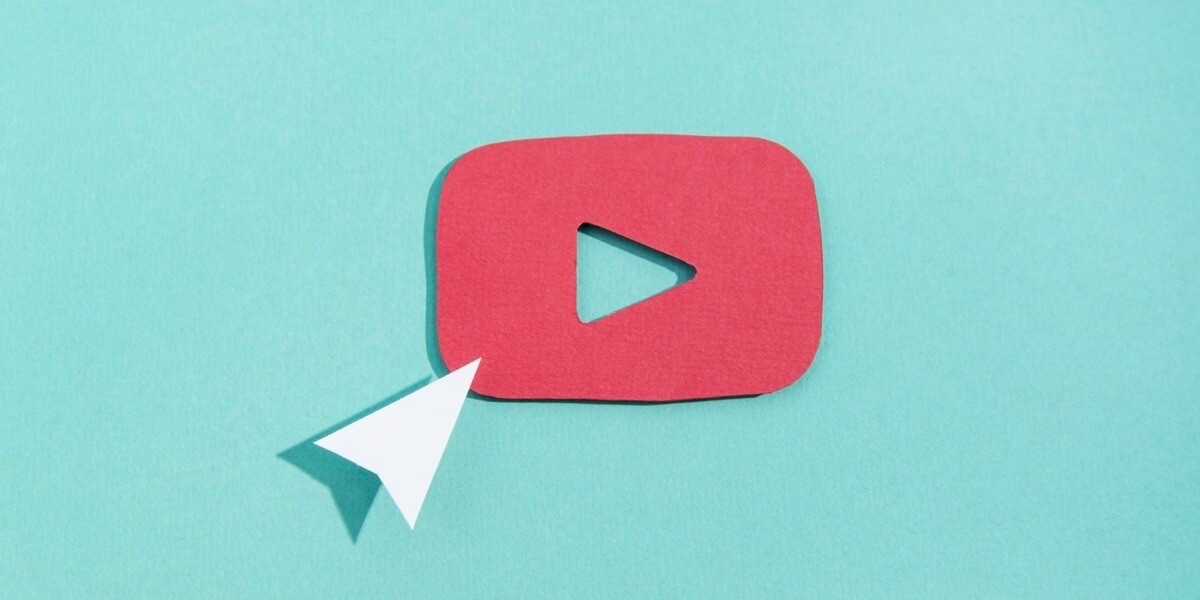
Autoplay or Click-to-Play Video?
Once a video has been produced, online publishers must ask themselves one important question: make the video autoplay (AP) or click-to-play (CTP)? This decision can affect the video’s performance, such as its view count, its engagement and the resulting revenue it earns on owned and operated websites or social media platforms. So which video display is better than the other?
Autoplay
When you watch a video on a website, the video will either play automatically (autoplay) or be user-initiated (click-to-play). The video can also play with sound on or off. These specific features may vary depending on the type of video content and the hosting website or page in which it resides. Most of the time, videos that autoplay are related to the content of the article page in which the video is placed. Within a media company, this is a decision that implies the video product manager.
Because autoplay videos are unwarranted by the viewer, they are typically seen as intrusive, resulting in a bad user experience. According to a recent study by Nielsen Norman Group, autoplay video was rated as one of the most hated online advertising techniques. However, as Instagram, Facebook and Twitter endorse the use of silent autoplay, or “scroll-to-play” as the video only starts to play when it is in frame, this format appears to be becoming the norm, gaining more and more acceptance from internet users. The reason is that these videos simply grab the attention of viewers and can quickly initiate their engagement. However, autoplay is less popular among advertisers because it typically has low viewability and can result in poor conversion rates as the user usually snacks 3 seconds of each video in a row before finding the one he is actually going to engage with. In order to ensure high viewability and views, scroll-to-play video may be a more effective alternative.
Click-to-Play
Click-to-play videos require users not only to know that they need to click on a video (i.e. the “media play” icon placed right in the middle) that they might otherwise bypass or mistake as a static image, but to be incentivized to do so, which requires publishers to optimize elements of the video in order to convince a user to click play. This of course puts a lot of responsibility on the editor in finding the right thumbnail and the most attractive title. Finally, because click-to-play videos don’t distract the user but rather give them full control, they can result in better quality traffic – albeit sometimes a lower one – and revenue as advertisers love when users initiate the play. It’s putting quality over quantity.
Ultimately, the decision lies in the specific goal of the content owner – whether it be to maximize reach, user satisfaction or another KPI. In regards to muting the video or not, the answer is more simple – audio should always be user-initiated – meaning that if a viewer has chosen to engage with a video content it should be played with the sound on. On the contrary, videos that autoplay with sound on are perceived as aggressively intrusive by users.
Once you’ve experimented with both types of video displays, your next consideration might be whether or not to have a continuous autoplay option – where once a video has finished playing, the video will autoplay to the next suggested video content, increasing the engagement of your viewers. This is a best practice especially if the up-next content fits with the user’s preferences.

